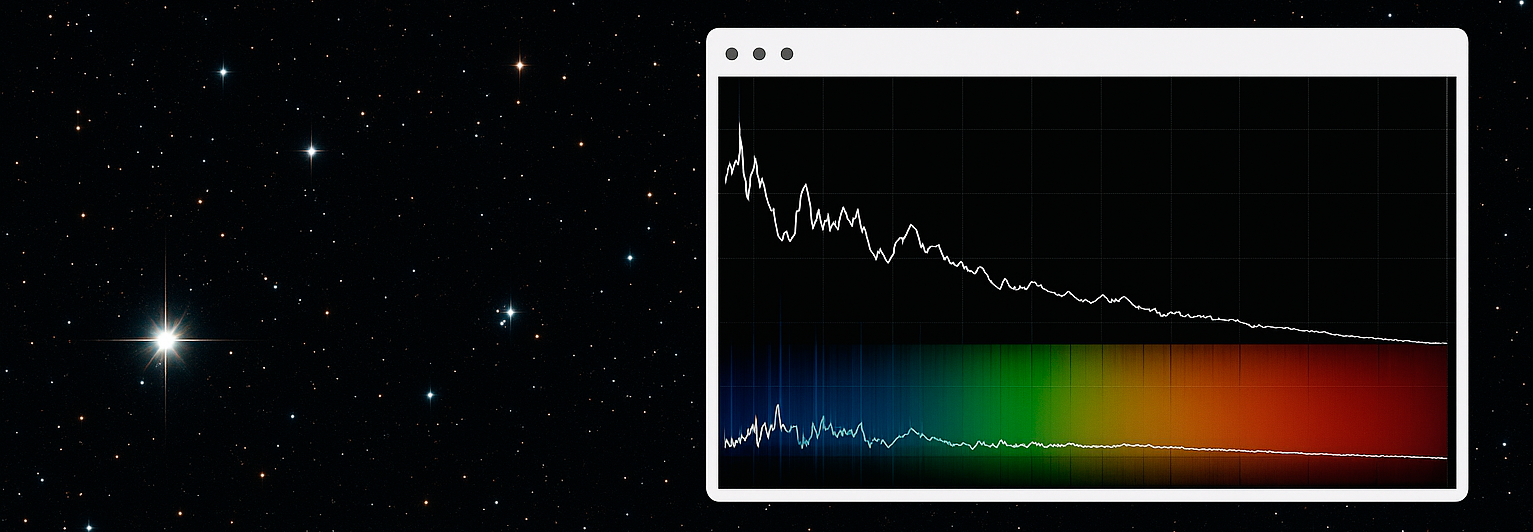Active projects
2025-2026
Uso de la inteligencia Artificial como Herramienta Clínica para Predecir la Aparición de Retinopatía Diabética Mediante el Uso de Imágenes de Tomografía de Coherencia Óptica (OCT) y Angiografía por Tomografía de Coherencia Óptica (OCTA).
La diabetes mellitus es una enfermedad metabólica crónica que ha aumentado notablemente su prevalencia en España, generando importantes complicaciones como la retinopatía diabética (RD), principal causa de ceguera en edad laboral. El diagnóstico precoz de la RD es esencial, ya que...
2025-2026
Meebai: Una metodología para la educación consciente de las emociones basada en la inteligencia artificial
The overall objective of this project is to advance the transition towards “intelligent” learning in order to optimize teaching, not only distance learning but also face-to-face and hybrid learning.
2025-2026
CYPE: Smart construction manager
This project aims to digitize the construction process from its earliest stages to its final stages. We have developed 3D reconstruction techniques for VR that allow the progress of the work to be verified.
2025-2028
Spectroscopic Analysis and Recognition Techniques with Optimization through Artificial Intelligence
The project proposes an in-depth exploration of advanced machine learning techniques for the automated classification of stellar spectra, aiming to significantly reduce computation time compared to current methods used by Astro+. Beyond improving efficiency, the project envisions the development of models capable of directly determining stellar parameters through deep learning, eliminating the need for manual model fitting. This approach would represent a major step toward fully automated and more efficient spectroscopic analysis.
CENID: Analysis of perceived urban safety in the neighborhoods of Alicante
The project aims to identify the key factors influencing the perception of urban safety in selected neighborhoods of Alicante by analyzing elements such as lighting quality, graffiti, population density, and other relevant indicators. Through the use of artificial intelligence and video analysis tools, it seeks to create an objective, data-driven diagnostic that maps urban conditions affecting perceived safety.






